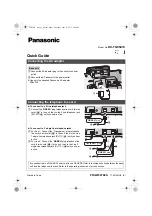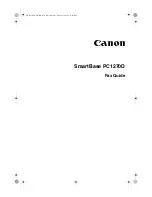
CHAPTER 6: MIXING COLORS GUIDE
The Scooter
™
An inexperienced operator, especially a beginner, should learn the art of mixing colors. If time is
spent learning about colors and their relation to each other, some of the problems will be better
understood. A color chart is a great help, especially as a reference for you and your customer.
1. PRIMARY COLORS
There are three primary colors. These colors cannot be obtained by the mixing of other colors. They
are noted at the points of the main triangle on the following page. (the solid lines). The points of the
triangle shown with the broken lines are the secondary colors. Mixing two primary colors in equal
proportions forms these. These colors are Orange, Green and Purple. Intermediate colors are found
on the lines of the main triangle between the primary colors. The mixing of two primary colors in
unequal proportions produces these. They can be made to fit in any place along the line. Since two
primary make up a secondary color, the intermediate colors are also made from a primary and a
secondary. The tertiary colors are found in the areas between the primary colors, or the secondary
colors. They are a composite of all three primary colors of unequal quantity. When three primary
colors are mixed in equal proportion, the resulting color is gray.
Brown is a tertiary color. It is usually composed as follows:
RED 75%
BLUE 15%
YELLOW 10%
By understanding these combinations of colors, we will be able to increase our ability to achieve a
desired color in the field.
EXAMPLE:
If we are working on a gold carpet and trying to achieve a dark brown, and we are using
NAMCO’S COLOR Dark Brown
, but it is not coming out dark enough, what can we do? We
know by adding Forest Green or Dark Green, we can increase the proportion of Blue and Yellow
and thereby increase the intensity of our Dark Brown.
However, there is a limit to the amount of green we can add. By adding too much green the
color will turn gray. By understanding colors and their reaction to each other, you will be able to
satisfy many more customers. Multi-colored carpets meeting the dye ability test and the test
patch can be dyed very successfully.
The result is a multi-colored shag of three shades of blue ranging from a light to a royal; you
would in most cases dye the carpet with Royal Blue. The end result would be a darkening of all
the shades, but a very acceptable color change. Red carpets can usually only be dyed a darker
red or burgandy. The depth of color prohibits dyeing a totally different color. Very light red
carpets can be dyed rust.
17
Содержание Scooter
Страница 2: ......
Страница 4: ......
Страница 16: ...1 10...
Страница 50: ......
Страница 51: ......
















































